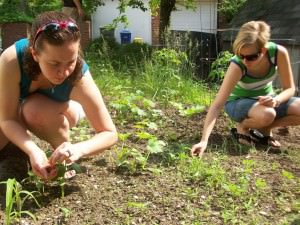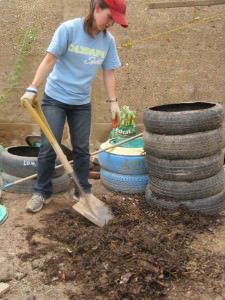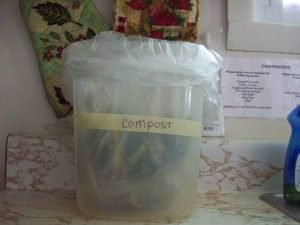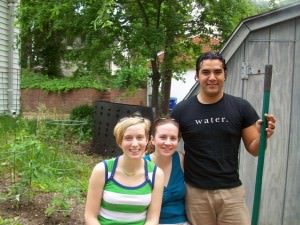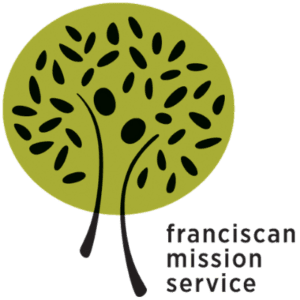Compost Your Way to a Healthy, Earth Friendly Garden

While FMS missioner, Nora Pffeifer has been busily working on building environmental awareness in Bolivia through composting, our staff at our local headquarters have also been using compost to plant a garden in back of Casa San Salvador.
So you might be wondering, what is composting? Or maybe you know about it but never tried it out. With the help of FMS staff members, we have compiled a user-friendly guide to composting so you can start one in your very own home.
What is composting and what are the benefits?
How do I start a compost pile?
We recommend any piece of rubber material, that can be easily purchased at your local home improvement store. In Bolivia, Nora has been working with a graduate student to develop a compost pile container using old tires. Within the pile, make sure you have placed soil in the pile up to the halfway mark to use for mixing the compost items with the soil.
What can I compost?
In your kitchen, you can have a separate container (a small trash bin works great) for collecting compost items.
You can compost: Eggshells, Coffee, Veggies, Fruits, Tea Bags (with no staples), Nutshells, Dryer Lint, Hair. The smaller the item, the better.
Do not compost: Meat, grease, fats, dairy, salad dressing, bones, gravy, mayonnaise, peanut butter, and whole eggs.
My kitchen compost bin is full. Now what?
Once the kitchen container is full, you will take it to the compost pile to throw in. After doing this take a rake and mix the items in with the soil.
Your goal is have the soil covering up the compost as to detract flies and other unwanted pests from getting into the compost. House manager Daena Padilla recommends keeping a bag of raked leaves to cover up composted items, preventing bugs from congregating around the garden.
When should I add the soil and compost mixture to my garden?
Continue to fill your kitchen bin with food/waste items and sending them out to the compost pile. Stir it up occasionally and use the composted soil for the garden. Take soil from the top that has been enriched by the compost and add it to the soil where you are growing your fruits and vegetables. Overtime the food in the pile outside continues to decompose. As you plant your garden, you will take amounts of the soil and mix it in with the soil in the garden bed.
Tagged in:

